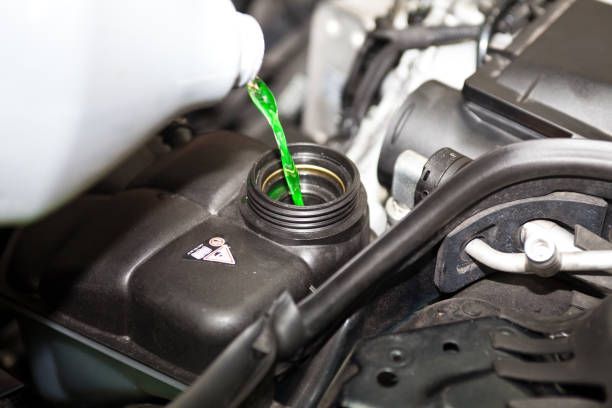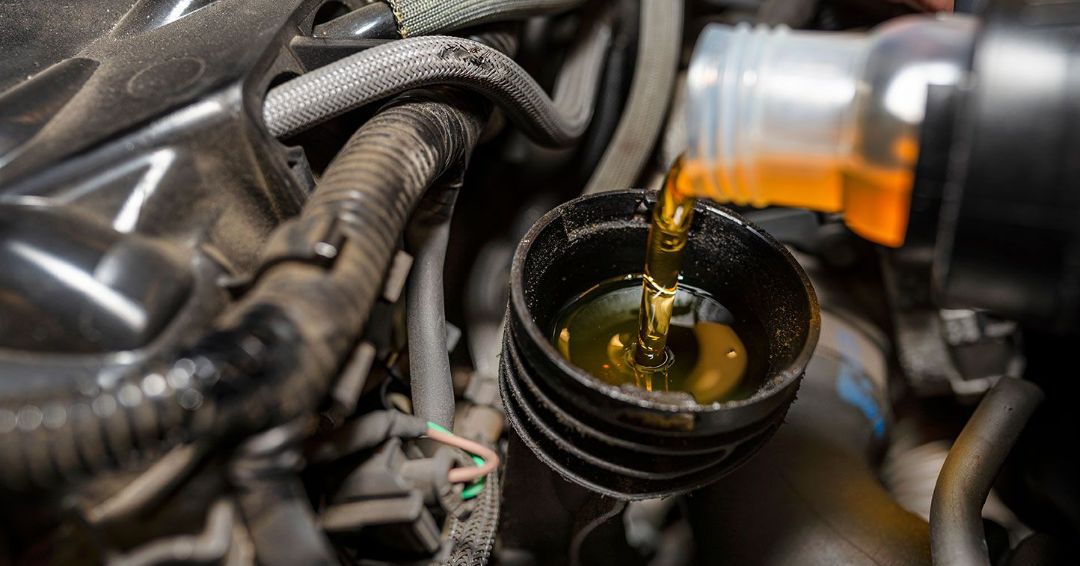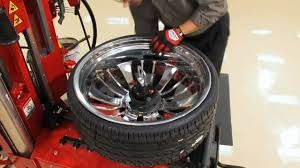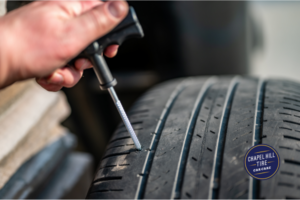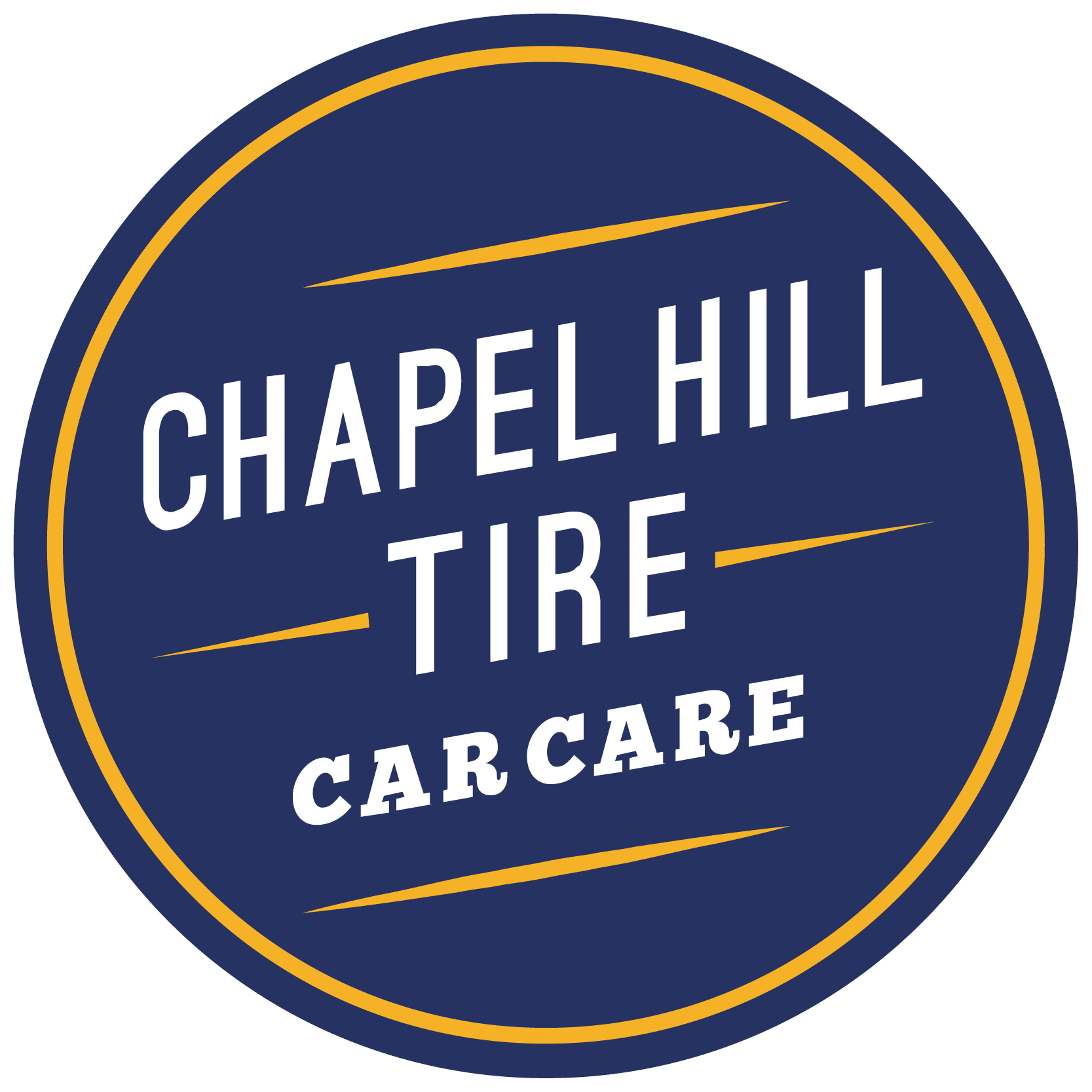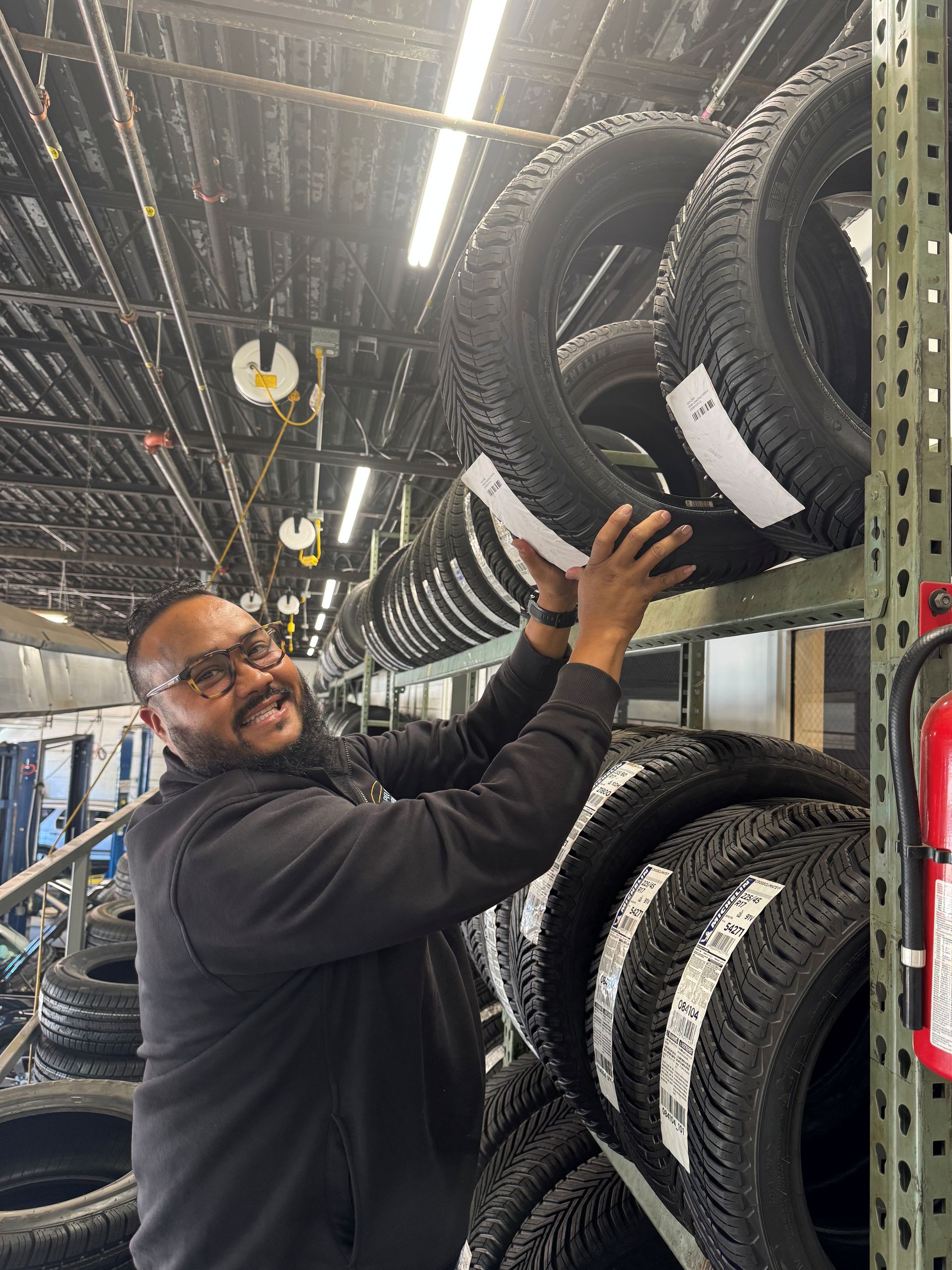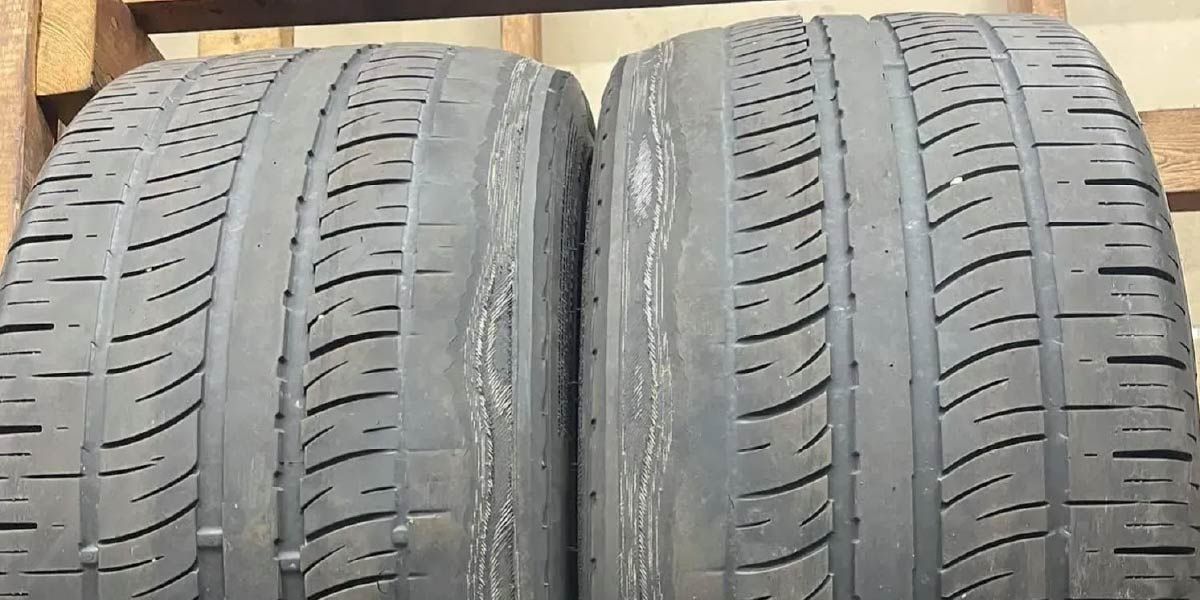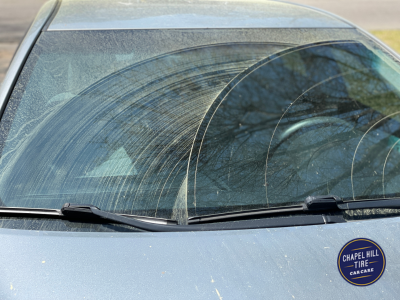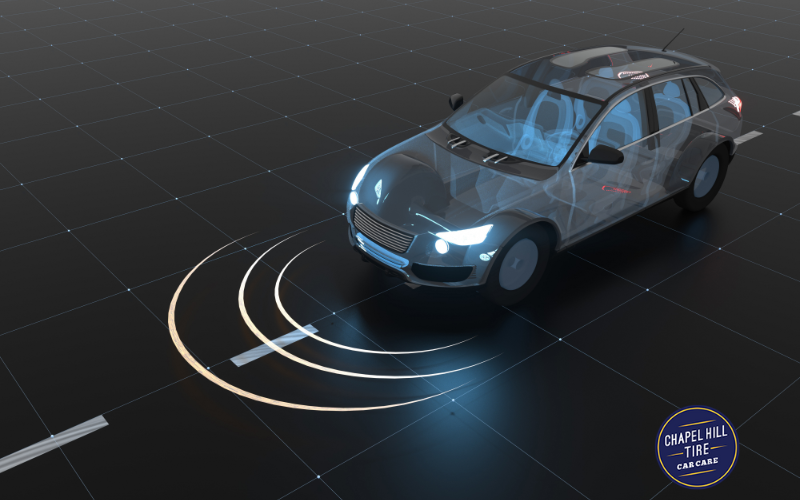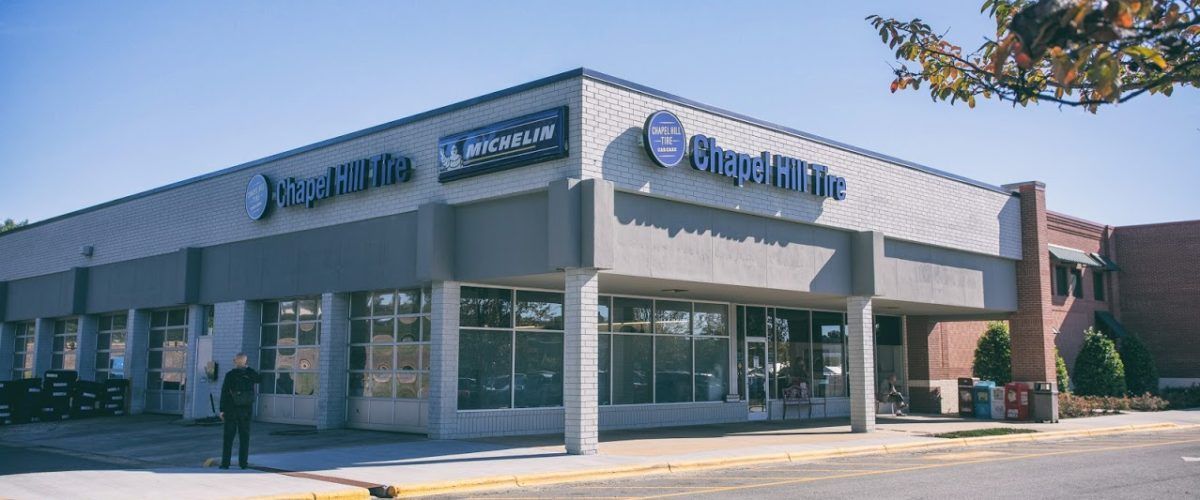How to Safely Navigate Icy Roads: Top Tips from Mechanics
Auto Shops Located in: Chapel Hill, Durham, Taleigh, Apex, and Cary North Carolina

With temperatures plunging and winter setting in, safely navigating roads covered in snow and ice should be on every driver’s mind. Cold-weather driving requires special attention to ensure the safety of you, your passengers, and other drivers on the road. Knowing some winter driving best practices will help prepare you to drive safely to and from wherever you’re going this winter. As you prepare to drive on icy roads this winter, review our top extreme cold weather driving tips!
1. Check Your Battery
One of the easiest things you can do to ensure your car doesn’t die in the winter is to check your battery. Cold weather can drain your battery’s power by up to 60 percent, so if your weather forecast predicts that temperatures will plummet, you should check that your battery is in good shape before you hit the road. The last thing you want while you’re driving in freezing weather is to be stuck on the side of the road with a dead battery.
2. Top Up on Coolant
Coolant prevents your engine from freezing and is probably one of the most important things you can do to protect your car in the winter. Engine damage due to lack of coolant is extremely expensive to repair, and the damage can be so expensive that it might just be better to get an entirely new car. Fortunately, coolant is inexpensive and doesn’t require anything more than pouring it into the reservoir. Throughout the winter, monitor your coolant levels and keep them topped off.
3. Keep an Eye on Fluid Levels
Cold weather can affect the thickness of the fluids in your car, which means you’ll want to check them regularly throughout the winter months to make sure everything is flowing properly. Oil, wiper, brake, and transmission fluids are all notorious for getting gunked up when it starts getting cold outside. Many of these fluids are vital for your car to keep running properly, so checking that they’re still flowing as they should be until spring rolls around again is very important.
4. Replace Wipers and Check Lights
Reduced visibility while driving on snowy or icy roads is extremely dangerous. Wipers that are functioning properly are essential if you have to venture out in your car while it’s snowing. Additionally, properly maintained lights such as turn signals and brake lights can help other drivers be aware of your intentions and give them time to react to what is going on around them. Before you hit the road over the winter, take your vehicle in for an inspection and have them check your vehicle’s lights and replace your wipers.
5. Plan Ahead: Prep an Emergency Kit and Check Road Conditions
It’s impossible to predict what will happen when you’re out driving, especially if the conditions are bad. Having an emergency prep kit filled with essentials in the event that you end up in an unexpected roadside situation can be a lifesaver. Common items to include in a kit like this would be a first aid kit, a flashlight, extra clothing, a blanket, and some non-perishable snacks. You can add additional items that you think would be helpful to tailor the kit to your specific needs.
Also, being aware of bad road conditions before you start driving can help you avoid long delays or dangerous situations. Take a minute to check out the road situations on the way to your destination, and if necessary, plan on taking an alternate route.
6. Keep Your Gas Tank Full
If the gas in your tank gets too low in cold temperatures, there’s a chance your fuel line could freeze, causing your car not to start. When you don’t regularly refill your gas tank, you could be stuck having to either push your car somewhere warmer or wait for it to warm up outside so your fuel line can thaw. Plan to stop at the gas station more often to keep your car’s gas tank close to full throughout the winter to avoid a fuel line freeze.
7. Drive Defensively
Finally, one of the best things you can do while driving in the winter is to take a step back and drive a little more defensively. Reduce your speed and increase your following distance to allow for longer stopping distances. Be especially mindful of black ice, as it can be especially hazardous.
Doing Some Winter Driving? Head Over to Chapel Hill Tire for a Winter Car Inspection
If you’re worried about how your car will handle winter driving this year and live in Chapel Hill, Durham, Raleigh, or the surrounding areas, choose Chapel Hill Tire. Whether you’re bringing your car to make sure it’s in good shape or you’ve noticed some things that you think could be concerning, our qualified team of mechanics would be happy to take a look at your car. With our comprehensive inspection services, we can ensure your car is ready to handle icy roads and freezing temperatures.
When you’re ready to bring your car in, please make an appointment at one of our convenient locations in the Triangle Area. We also recommend you review our promotions to find a great deal on our many services!
We’ve got all your automotive repair needs covered.
